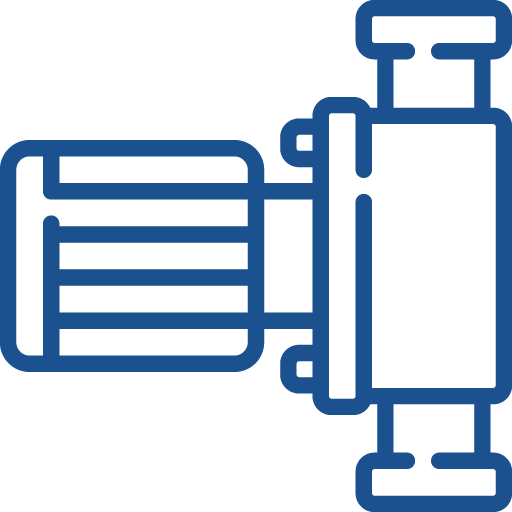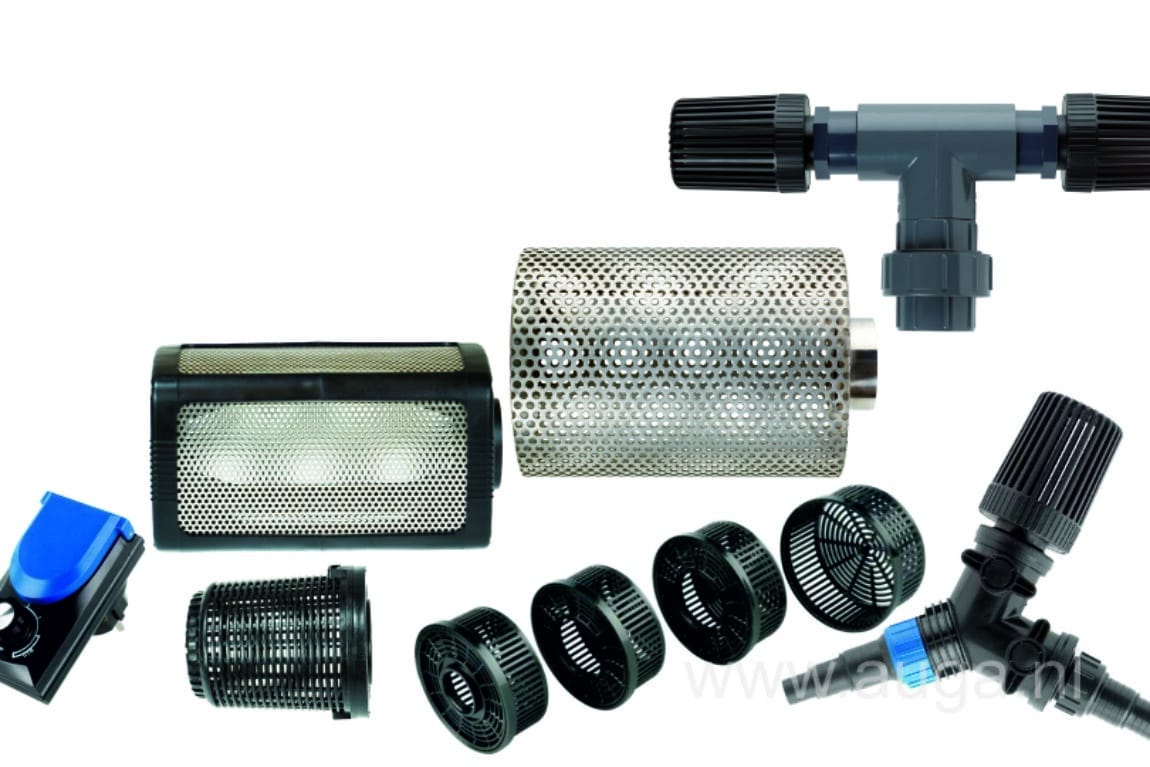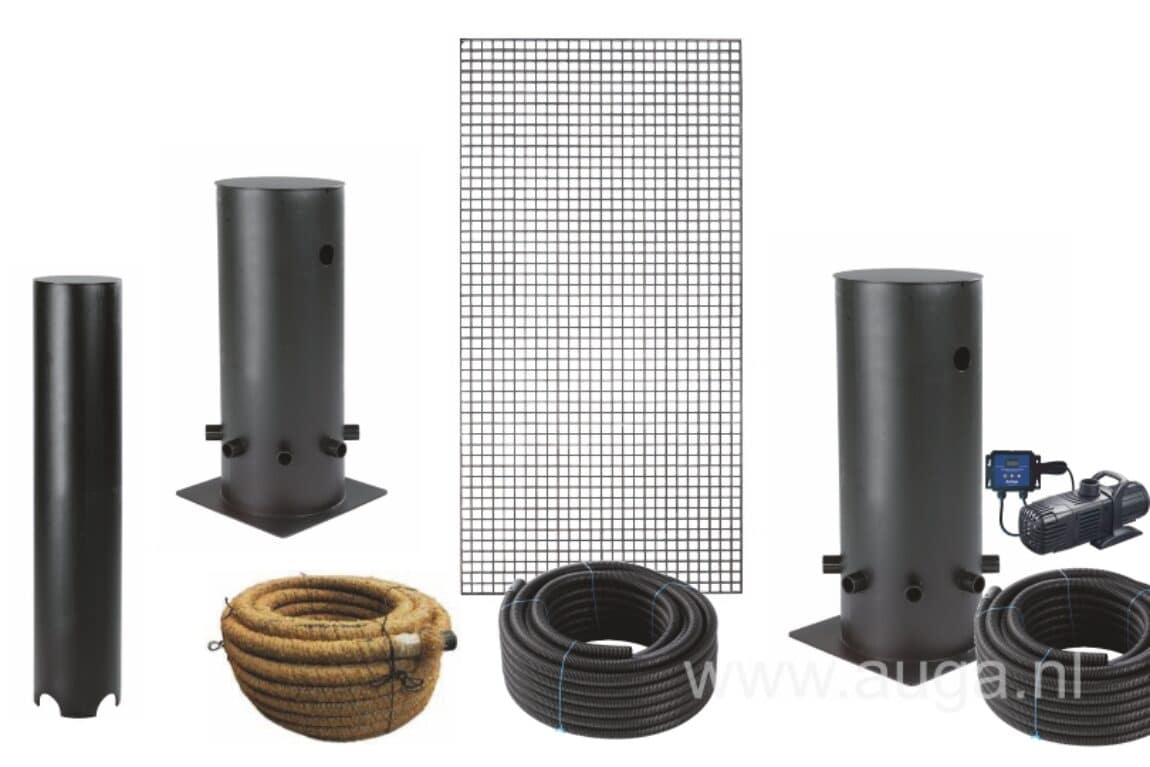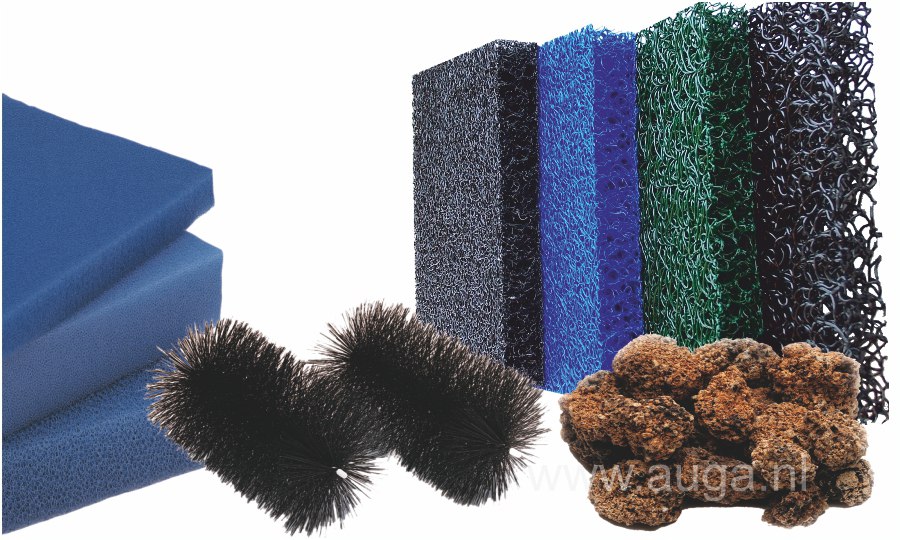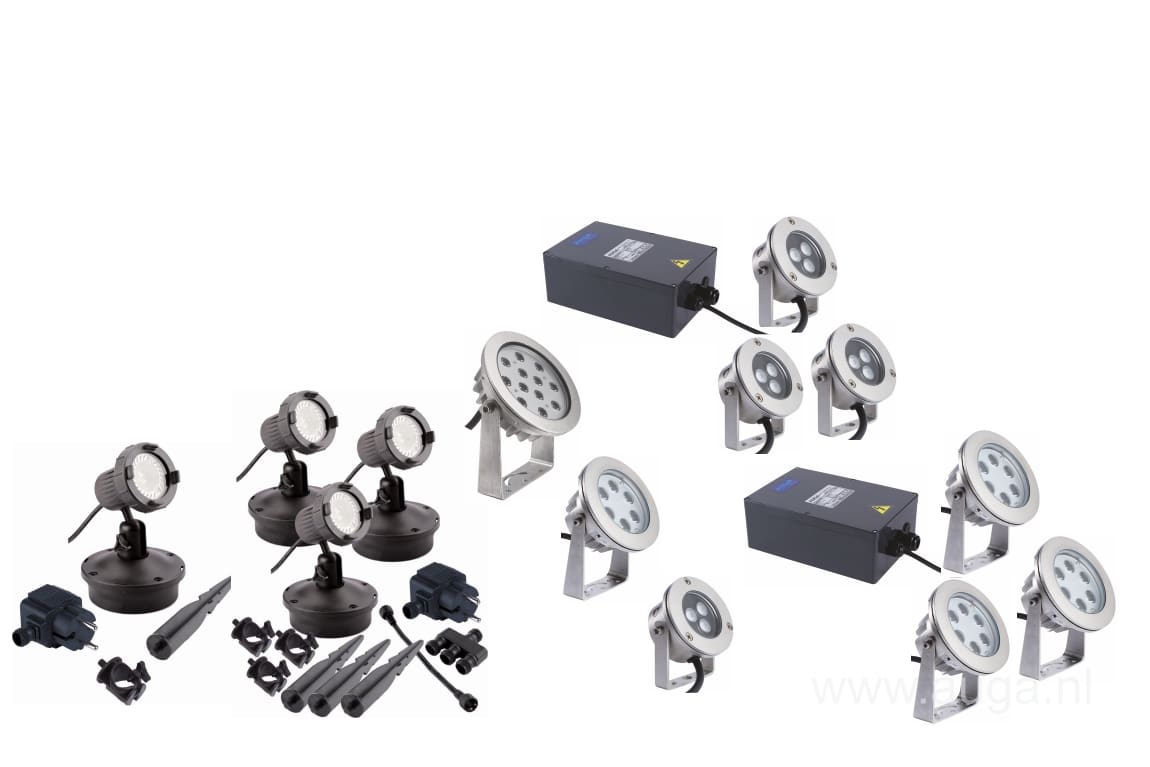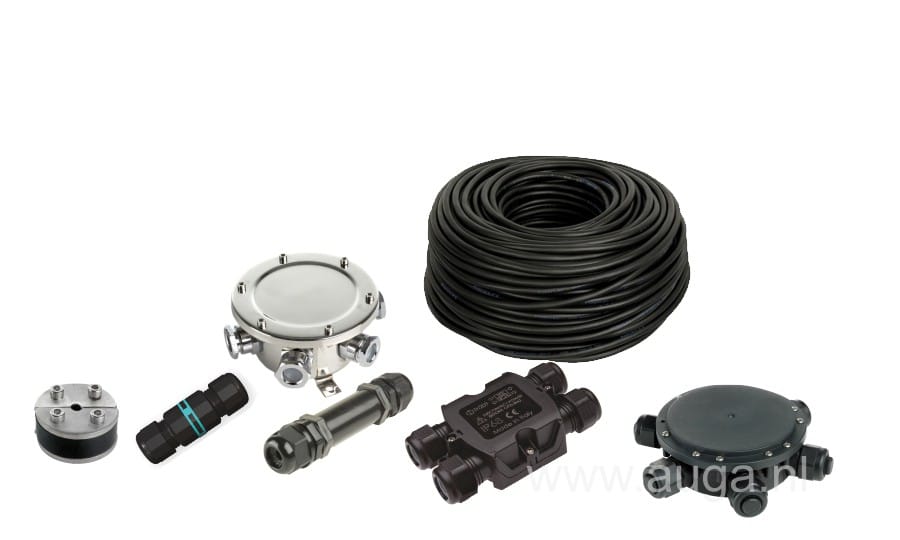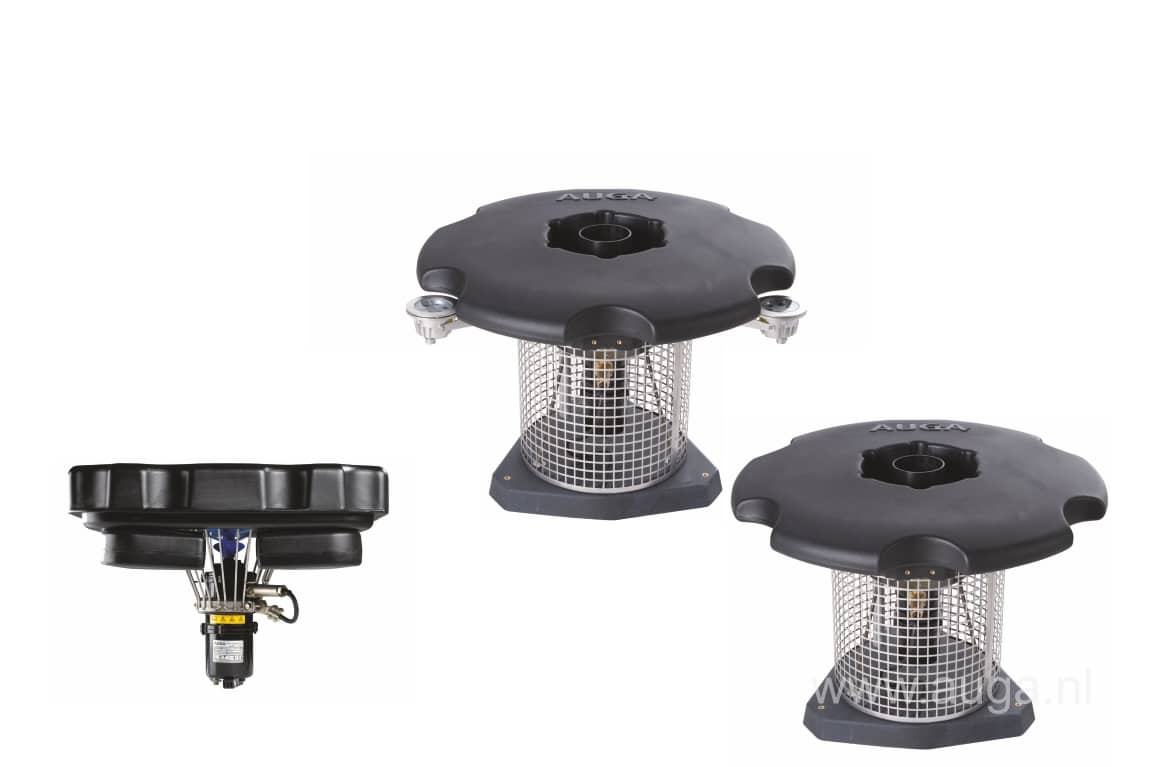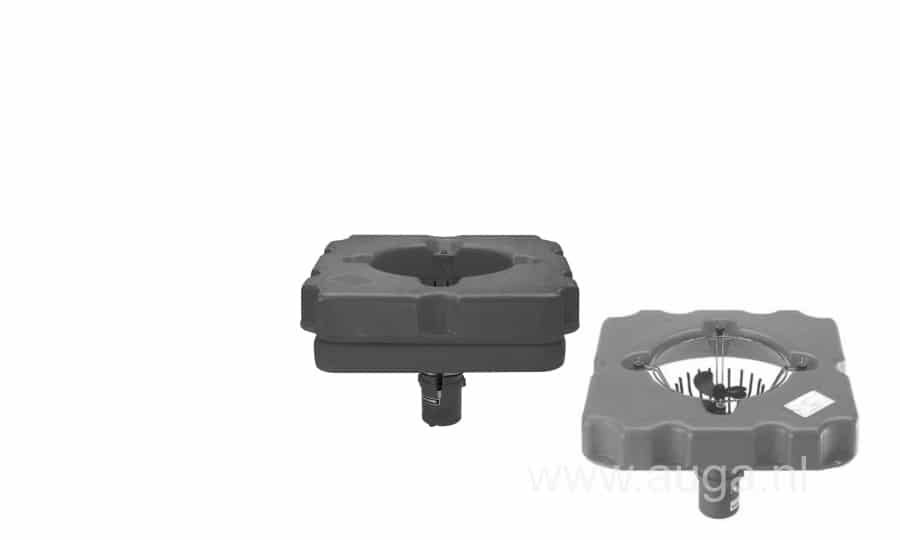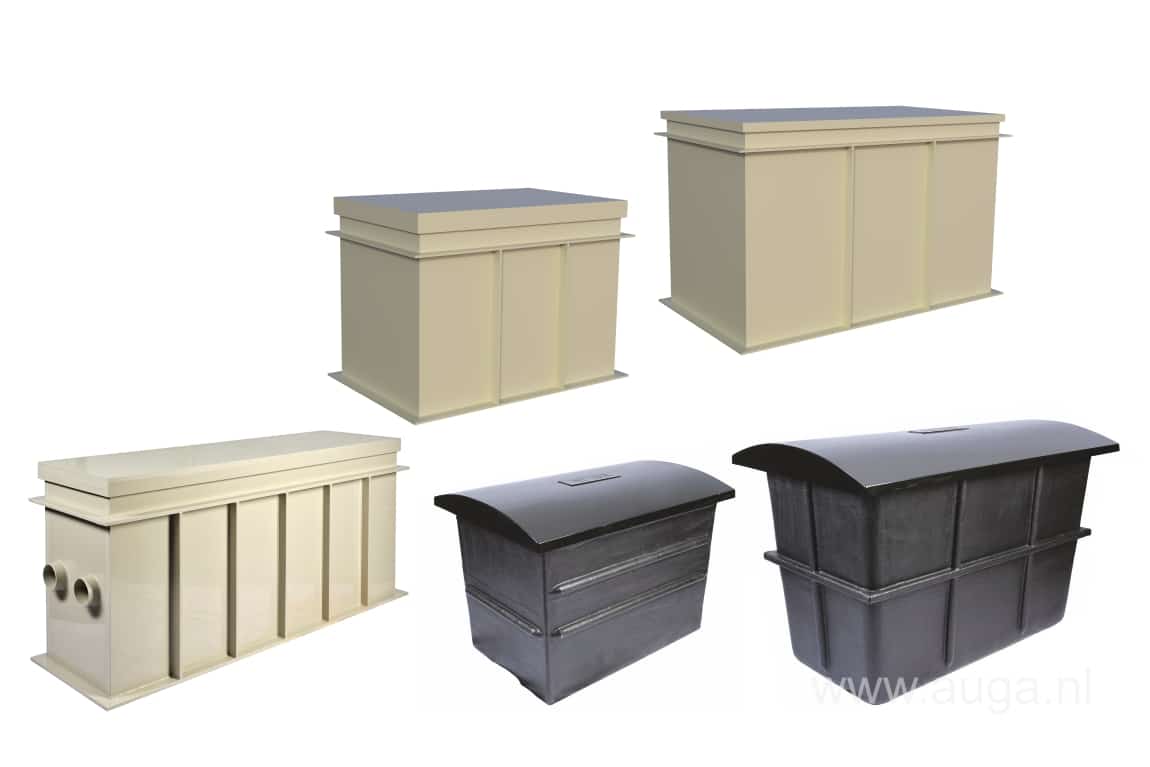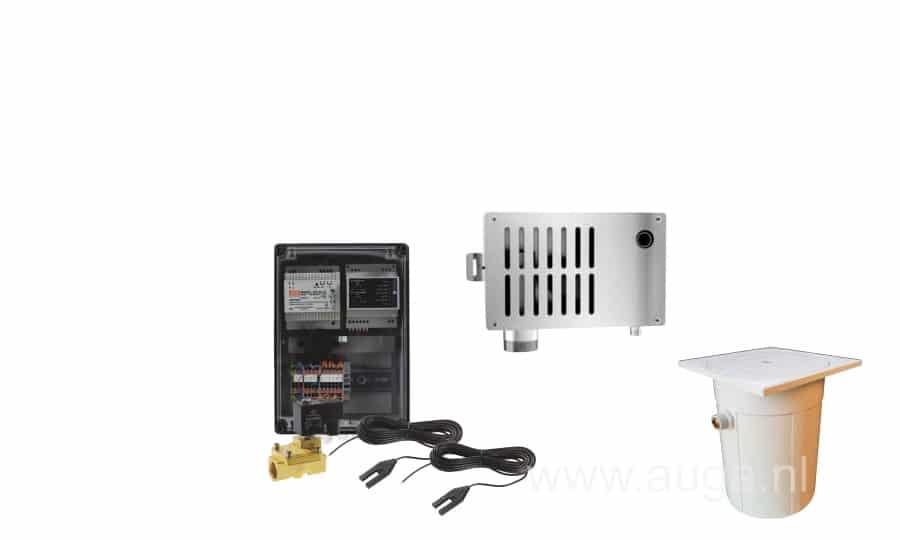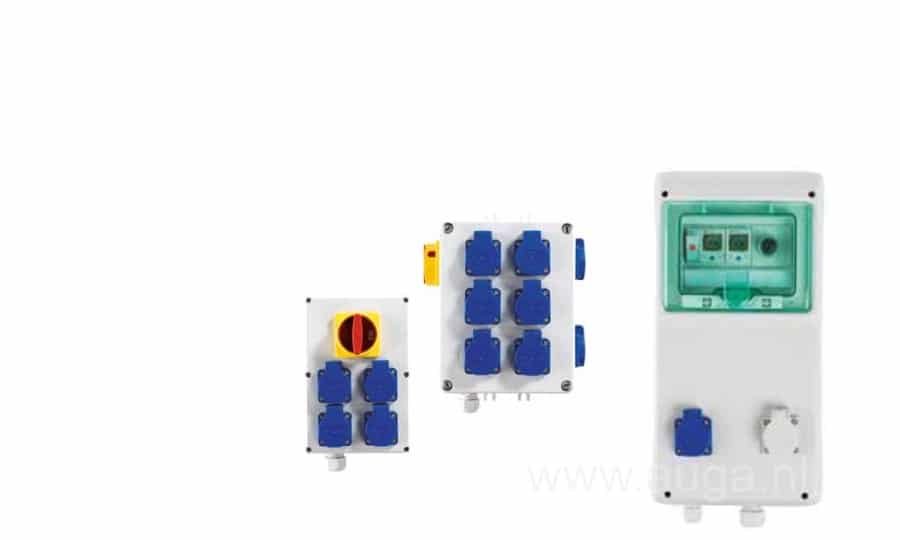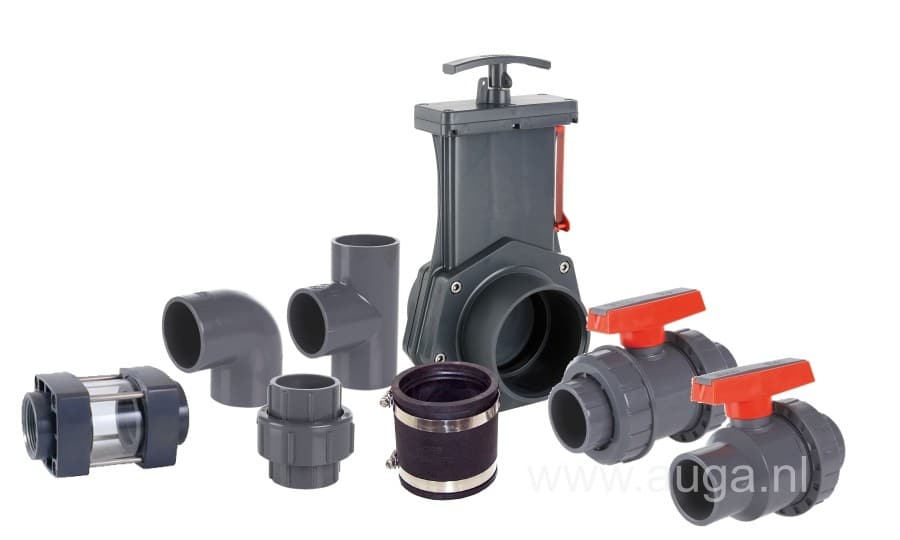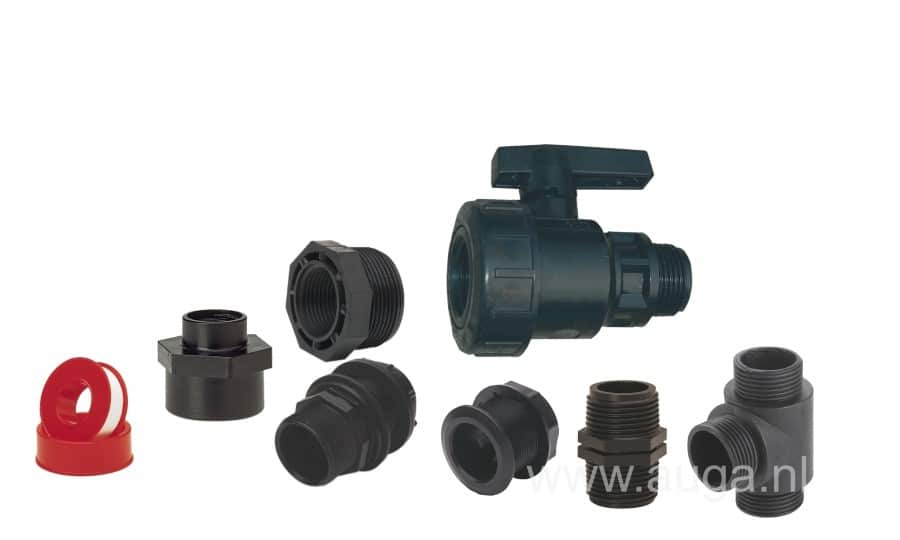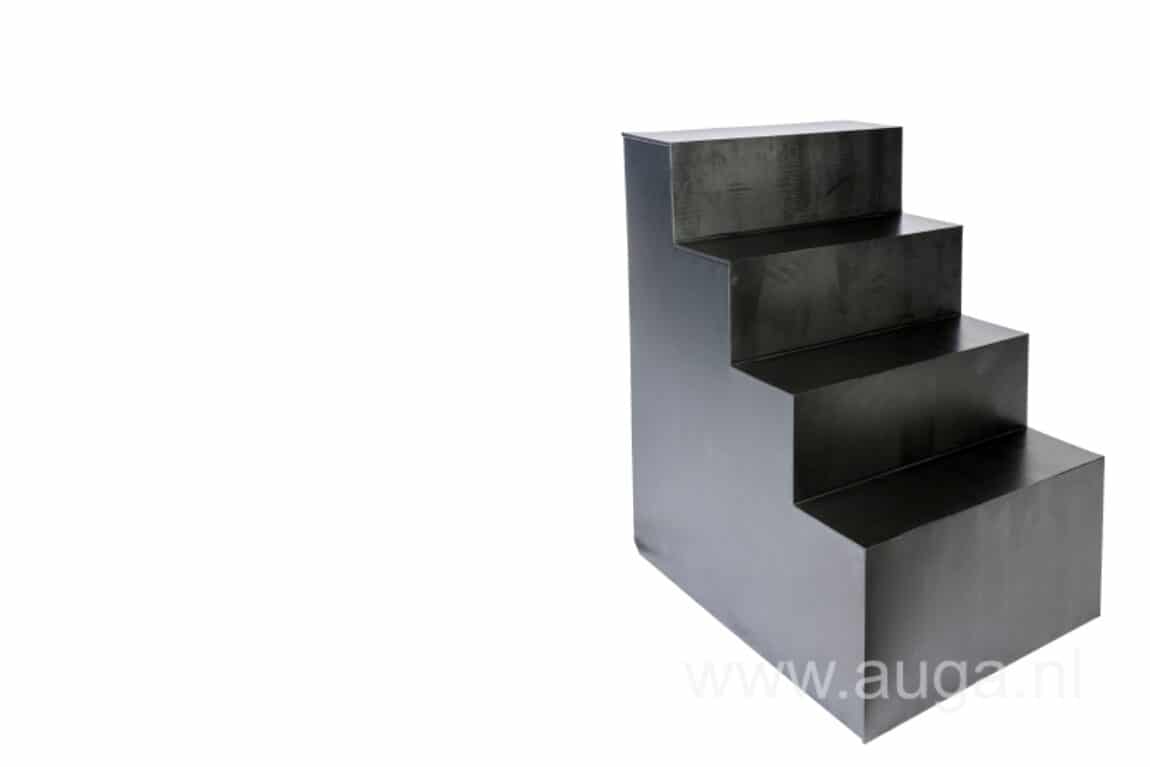Everything you want to know about a pressure filter
A crystal clear pond. Everyone wants that, of course. A pressure filter helps with this. With a pressure filter you ensure clean water and combat algae with one system. In this blog you can read everything you want to know about pressure filters.
What is a pressure filter?
A pressure filter is an easy to operate, closed pond filter system. Pressure filters are suitable for all types of ponds. A pressure filter ensures that the water in a pond remains clean and clear.
A pressure filter is a completely closed vessel. Water – flowing through the filter – cannot overflow. This is the case with open filter systems, such as with bank filters or multi-chamber filters.
How does a pressure filter work?
A pressure filter has a closed filter. This maintains the pump pressure, allowing water to pass through a pipe after the filter. The water can even be carried upwards to a limited extent, for example to a waterfall. This is a major advantage over open filter systems, because water flows back down there under gravity. In addition, a pressure filter can be partially buried or set up in a filter well at the most suitable location near a pond. This is a big advantage, because it allows a pressure filter to be placed out of sight!
AUGA pressure filters purify pond water and combat algae
AUGA pressure filters are equipped with a built-in UV-c device that combats green floating algae and immediately filters them out with the built-in filter package. How easy can it be?
Cleaning a pressure filter is even easier. At AUGA you can choose from 2 different cleaning methods. We explain the different methods below.
Cleaning a pressure filter
Manual cleaning
The starter series VarioPress® pressure filters are equipped with manual cleaning. A simple, easy and cheap system! The filter mats are compressed so that dirt and water are discharged through the dirt discharge connection of the filter
Electric cleaning
If you want more comfort and a larger filter capacity, choose the VarioPress® Pro E series. With this, ponds up to 75 m3 * content can be purified. The cleaning work has been reduced to turning the backwash-lever on the filter. This starts the cleaning process electrically, because the E series is equipped with a built-in electric motor.
During rinsing, the filter gives a pulsating signal as a reminder that the cleaning cycle is still running and water is pumped out of the pond. After rinsing, it gives a continuous signal.
And what about the pressure now?
All pressure filters are designed to purify optimally with low pump pressure and the lowest possible energy consumption. After all, the more pump pressure a pump has to deliver, the more energy is consumed. Because pond filter systems are operational 24/7 to maintain the biological balance in a pond, you naturally want to avoid unnecessary energy consumption.
Pressure filters are therefore low pressure filters. Connecting too large pumps, too small lines or too much head after the filter can cause leakage. Filter, pump and application must therefore be properly matched. The maximum pressure should be 0,3 Bar, which is the sum of pump pressure and head of the water to the highest point, calculated from the water level.
The pressure in the filter also increases if the filter package becomes saturated and is not cleaned in time. The advice is to rinse briefly at least 1 times a week, depending on the degree of pollution.
An adjustable VarioFlow®-E pump is an excellent combination with pressure filters; the correct capacity can be easily set and during the flushing process the pump can be switched to a low speed. This is necessary to avoid full pump pressure on the flushing valve and seal when switching to flushing.
Here you will find our selection table with the extensive program of all pressure filters.
Do you have any questions about pressure filters or another issue after reading this blog? Let us know, we are happy to help you.

